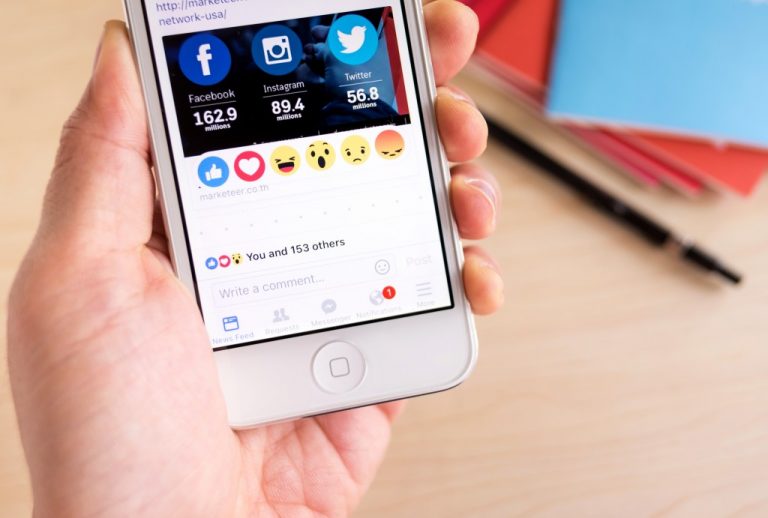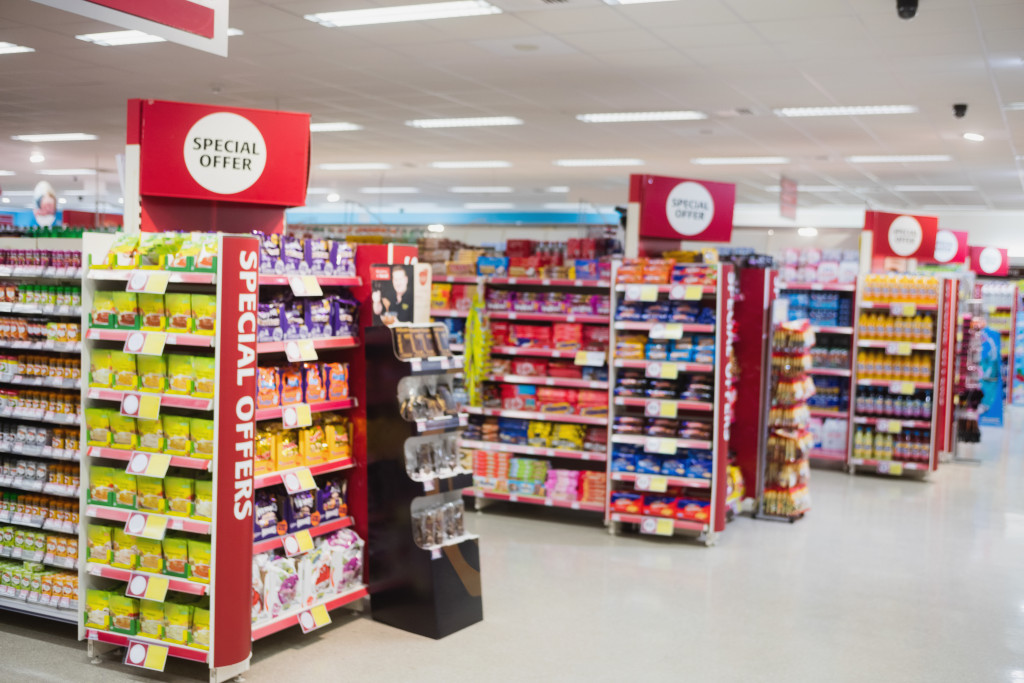More than a year into the COVID-19 pandemic, we can say unequivocally that it has affected every aspect of our lives, even down to the way we deal with our customers. Whether you’re looking at it from the perspective of a business owner or a customer, you can see the pandemic impacting every facet of your life. But the impact of the pandemic on consumers is more apparent in the retail industry.
Just how much has the pandemic affected the retail industry—restaurants, boutiques, shopping districts, and strip malls? More than 80% of businesses in this industry said their sales plummeted because of the pandemic. It is no surprise that many small business owners feel that they can no longer last to see the new normal. Even those that managed to survive the past year are now raising their hands in defeat. The pandemic is a monster, and more so because it has forever changed the nature of consumerism.
Shift in Spending
Consumers are still spending their money, though not as much. But if you’re wondering where they’re spending it, just look at yourself. Where do you spend your money? They are buying more online than ever before. Big businesses are not the only ones that have made the shift to e-commerce. Small businesses are adapting, too. In fact, they even work with an SEO consultant to make sure that their e-commerce websites will do well in Google’s ranking.
Consumers are avoiding in-person shopping as much as possible. But a year into the pandemic, consumers can’t deny that they have to eat and buy things, too. This is why even in grocery shopping, businesses are focusing on online sales.

Fear When Shopping in Person
The biggest concern about shopping during the pandemic is the fear of contracting the virus. Currently, there is no cure for COVID-19, though there are medications that doctors use. The problem is not only that there is no known cure or the vaccines are less efficient against certain variants but that the past year instilled fear in people. They have seen their friends and family suffer because of the virus. That fear is etched into their being, so they no longer want to shop in person because it is not worth it if they get the virus.
As for businesses, you have a few options to encourage consumers to go to your store. The most important is to limit the number of people allowed inside the store and to have sanitizing stations for employees and customers. You might also want to use contactless payment systems to interact less with your staff and the customers. This ensures the safety of everyone.
Save and Stockpile Consumers
The fear of not having enough money because companies closed and jobs are lost led many people to save than spend. These are the save-and-stockpile consumers. They like to keep their money, so they spend only on the essentials. About 35% of consumers are like this. They would rather invest their money than buy anything using it. This has become a major problem for consumer-centric industries such as retail and food.
Experts are convinced that these consumers will return to their old spending habits. Or, at the very least, they will go from save and stockpile to either frugal or cautious. Consumers, after all, cannot forever keep their money. They will need to spend it both on necessary and unnecessary things.
New Essentials
What’s essential to consumers also changed. It used to be that people are concerned about skin care, travel, clothes, and cosmetics. How can they be concerned about these things when they couldn’t even go out of their homes? The tide has shifted. Even inflatable pools have higher sales now because parents want to entertain their children. Do you know that flour has also seen a rise in sales? That’s because people are experimenting with baked goods at home.
Electronics are also booming because homeowners are investing in entertainment systems. People also need new phones, better laptops, and improved gadgets because of the work-from-home setup. This is why the electronics industry remained important and profitable even during the pandemic. A lot of industries are reliant on these new technologies.
The impact of the pandemic is not only felt on the health sector. It crippled businesses, too, particularly the retail industry. But to survive the COVID-19, you have to look at where the business can make adjustments. In retail, the first step is to look at the changes in consumerism—from e-commerce to the coming of new essentials.












